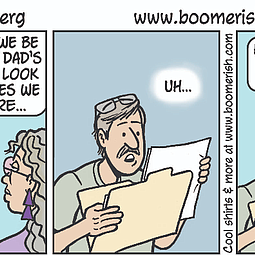What are varicose veins and what can you do about them?
April 20, 2012 at 8:15 a.m.
Varicose veins plague both men and women, particularly as they get older. Caused by weakened valves and veins in your legs, this condition is often hereditary. You have one-way valves in your veins that keep your blood moving from your legs upward to your heart. When these valves stop working efficiently, blood will collect in your legs and vein pressure increases.
Your veins eventually suffer weakness, become twisted and get larger, making them noticeable to the naked eye. You need not be a senior to develop this condition. Even younger people who may be overweight, pregnant or work at a job requiring that they stand up for long periods can suffer from varicose veins.
Common varicose vein treatment includes wearing compression stockings, propping up (elevating) your legs, avoiding prolonged standing in one spot, and getting regular exercise, particularly walking or jogging. Varicose vein removal is seldom necessary, but you might consider it if your symptoms worsen or you are troubled by your appearance.
While varicose veins are seldom medically serious, at times they might signal that you have a blockage in deeper, away-from-the-surface, veins. This condition, deep vein thrombosis, may need more complex treatment. Doctors concerned about this condition may need to intensify varicose vein treatment after an accurate diagnosis.
In addition to varicose vein removal, more complex treatments include scierotherapy (to close off the vein), laser treatment, which destroys the vein, radio frequency treatment, or surgical vein tie off. While these varicose vein treatment options sound rather ominous, in most cases compression stockings or elevating your legs should minimize your discomfort.
Content Provided by Spot55.com





